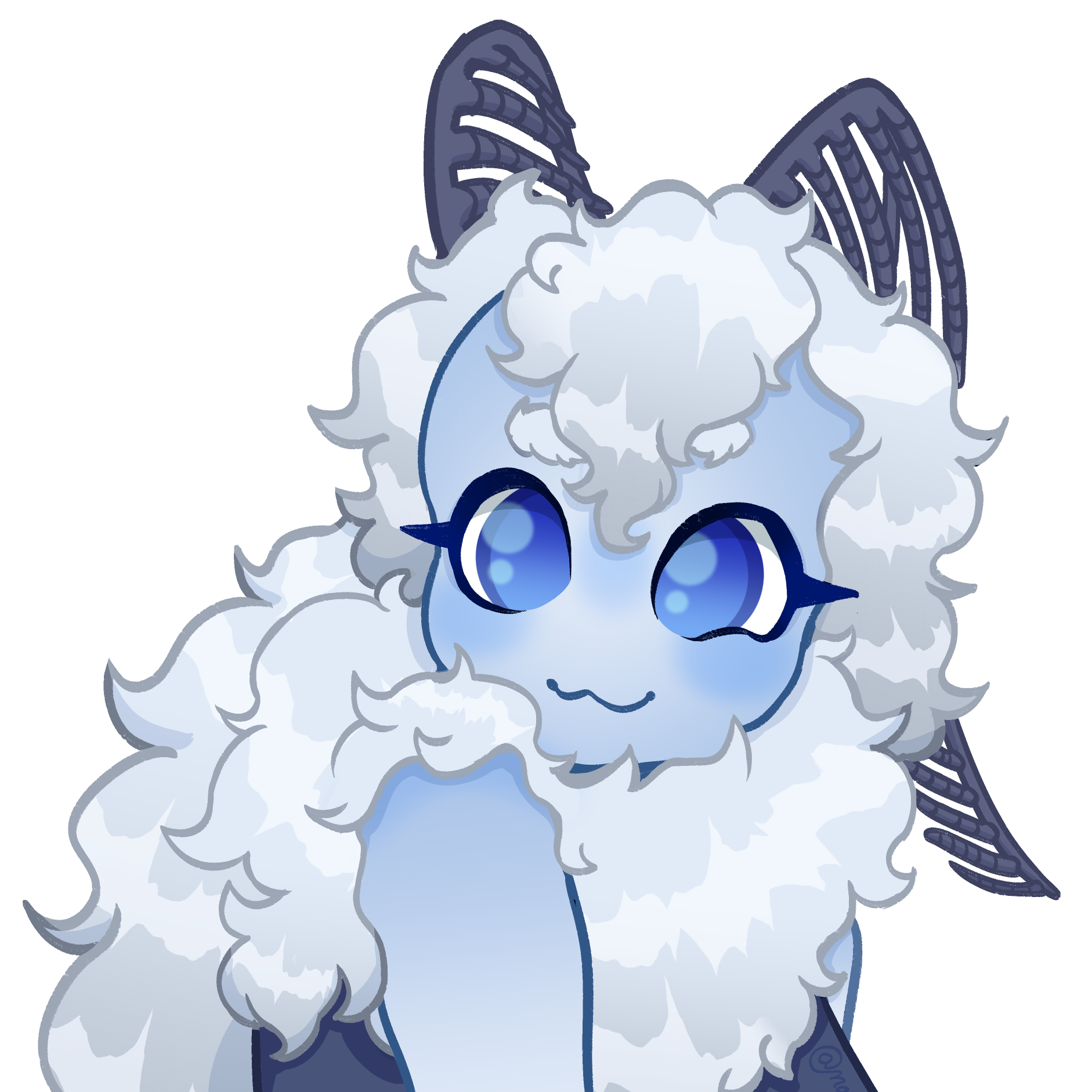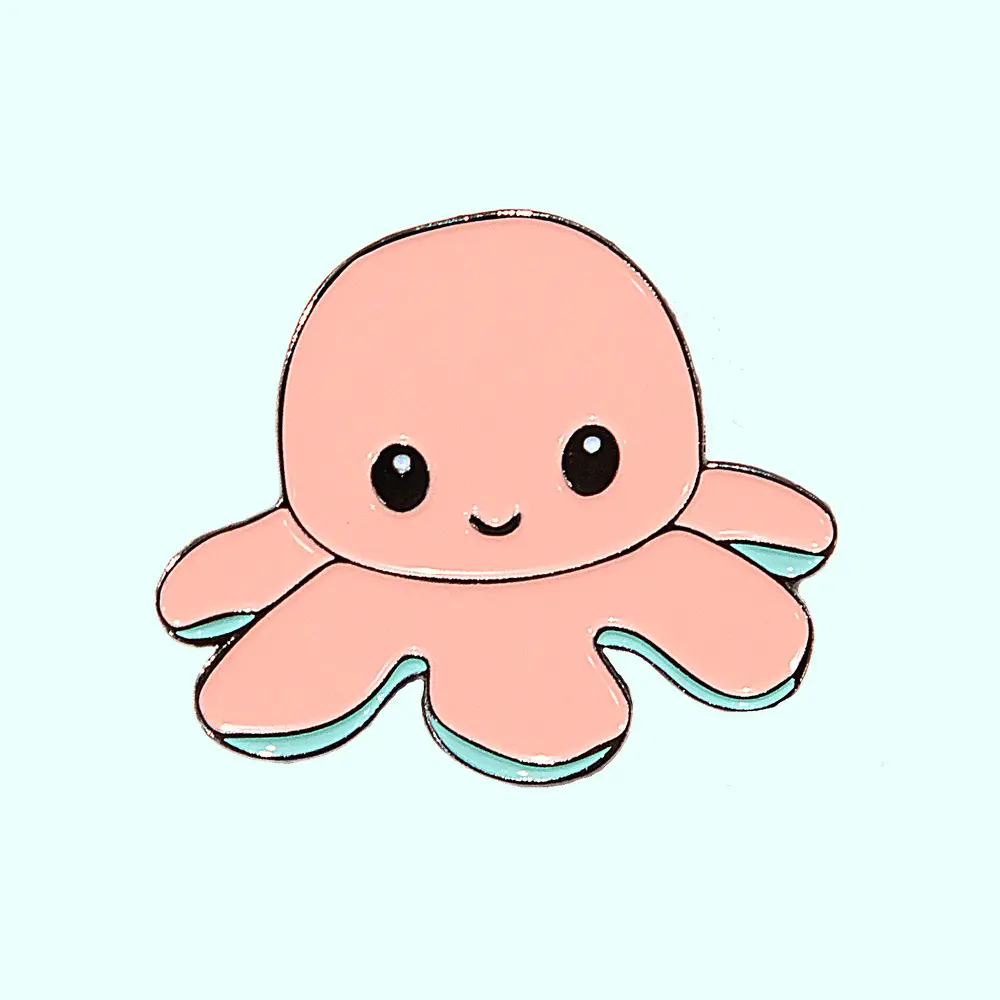I’ve been helping my 72 year old bilingual (Spanish) mother come to terms with one of her nieces having transitioned.
She’s been remarkably progressive about it, but she did bring up some good questions that I didn’t have answers for.
(I have my own set of annoyances for pronouns in English. Using a third person plural for single individuals has been leading to confusion, especially amongst my English L2 friends and family. But pronouns are some of the most conservative parts of speech in any language so I’m not going to tilt at that particular windmill. )
As a question for my LGBTQ+ kith, what have you been seeing/using as pronouns in different languages? Romantic languages are generally still heavily gendered, as are some Germanic. Does that interfere with non-binary language patterns? What about Turkish, Finnish, Mandarin, Japanese, Arabic, etc?
Have there been any instances of novel pronouns created?
And, not to pry open old wounds, but has anybody noticed new slurs or other intentionally hurtful epithets?
The first question is an effort to answer questions that I hadn’t even thought to ask. I’m actually pretty proud of the older generation making an effort to live in the modern world.
The rest is pure personal curiosity and possible conversation material.
Huge thank you to everybody taking time out of their day to answer.

It’s complicated in German. Almost every noun being gendered brings up a bunch of issues unknown to the English speaking world, long before we get to the topic of non-binary folks.
Just imagine every job description, occupation and whatnot being gendered, with male being the default. In English this is rare nowadays, in German it’s baked into the language. A doctor and a doctoress, a maypr and a mayoress, a student and a studentess, a cyclist and a cyclistess.
The feminist movement has been trying to find solutions for this for decades, they are fairly controversial among older conservative folks, and admittedly inelegant.
Concerning non-binary folks it gets even more complicated. Not only does referring to almost any description automatically infer a binary gender, we also don’t have any option for unspecified pronouns other than “it”, which is hugely dehumanizing. The equivalent of “they” is already used as a honorific.
Some people tried introducing neopronouns but they never took off. Most enbies I know simply chose the binary pronoun they are the least uncomfortable with and stick with that.

In the US press, there was some coverage of the sier/xier body of neo pronouns for enby people. Are those the ones you mention that didn’t catch on?

Yes, that would be some of them.

As a non-binary person who is learning German, I’ve taken to using the nim pronouns, but I do understand the slow adoption of neopronouns. Tbh I’d probably be fine with er pronouns if I didn’t want to explain my pronouns every time someone wanted to talk to/about me.

As a native Finnish speaker I can say that picking pronouns in Finnish is easy: there’s no grammatical gender, so no gendered pronouns either. On top of that, in colloquial Finnish we tend to use “it” for people too
Edit: as a random side note, in colloquial Finnish (at least in the South) “he/she” or hän is often used to refer to pets, and “it” or se is used for people, unless you’re being sarcastic. I find this hilarious and inexplicably adorable

I’m not a native speaker, but I’ve studied Japanese for more than a decade. There are no singular, non-gendered third person pronouns, so there is no equivalent of a singular they. Although there is an equivalent of a plural they, it’s not completely gender neutral. The equivalent of him is kare, and the equivalent of her is kanojo. You can make them plural by ending “ra” on to the end of them. Kanojora is used only for groups of women/girls, and karera can be used for a group of men/boys, or a mixed-gender group. That makes the root meaning of karera male coded even if it’s used in a gender neutral manner, so non-binary people might prefer not to use that.
This shouldn’t however be a major issue for Japanese speakers, as first person pronouns are the only ones that are in frequent use. Unlike English, where you use pronouns to avoid repitition, you can completely omit them in Japanese, so instead of asking “Has Asami done her homework?” in English, you would ask “Has Asami done homework?” It’s also preferable to use names instead of 2nd/3rd person pronouns. Instead of asking “How about you?”, you’d ask “How about (person’s name)?” It’s probably much easier for a non-binary person to ask that no pronouns be used for them

As you say, in casual conversation, the subject is often implied after its introduction. So after asking “How is Tomoko?” if you say, “Got yelled at by the boss again?”, your listener would know that you would be asking about Tomoko’s situation, without saying she get yelled at. In English it tends to default to you or I.

Adding the Portuguese experience, I’ve seen the more inclusive communities within Portugal replaces the “o” and “a” vowels in gendered words with “e”, i.e. todos/todas becomes todes, amigos/amigas becomes amigues, etc.
For pronouns, there’s currently 3 sets of different gender-neutral pronouns I’ve seen used or in circulation. One is to drop the gendered vowel that terminates the pronoun, i.e. ele/ela becomes el, dele/dela becomes del. This still does have some ambiguity, so I’ve seen a greater adoption of pronouns that I’ve heard come from Latin roots. The two variants I’ve seen more often adopted are ele/ela → elu and ele/ela → ilu.
These gender-neutral pronouns are still not widely used outside inclusive communities, but I’ve heard of individual cases of wider adoption. I think I’ve heard of a book that was printed by a major publisher that for the first time used gender-neutral pronouns in its translation, and you start seeing some places use these pronouns in place of gendered pronouns in signs.
In more traditional media it’s still not common, but if they need to, what they tend to use is gender avoidant language, that explicitly avoids using pronouns or gendered names, for example, to replace ele/ela with “esta pessoa”, as “pessoa” is one of a few nouns that can be used that does not imply gender. But it isn’t easy to avoid gendered words and pronouns for a long period of time, and what I’ve heard from a few translator friends is that this is a complex and tiresome process as each sentence needs to be very carefully constructed, instead of the much easier process of the newer but still not widely adopted gender-neutral pronouns.

There’s no gender in spoken mandarin. He, She, and it are the same. When written, there is gender. Many native Chinese speakers struggle with “he” and “she” in English.

In Icelandic we have the neopronoun “hán”, which I know some nonbinary folk here use regularly. I’m not a native speaker so I can’t properly evaluate how awkward it is, and I’ve definitely seen grumbling from natives about how it doesn’t feel natural, but to me as a learner it feels completely reasonable and fits into the rather complicated grammar of Icelandic perfectly.
Just like how English distinguishes between subject/object/possessive for pronouns (I/me/my, he/him/his, she/her/her, they/them/their), Icelandic has 4 cases for nouns and pronouns. Hán behaves exactly like a regular neuter noun when inflected, declining like “hán/hán/háni/háns” for each of Icelandic cases. Compare the regular neuter word borð (table), which declines like “borð/borð/borði/borðs”.
Adjectives also decline for gender in Icelandic, but as you may have guessed nonbinary folk predominantly use the neuter gender, which agrees with the pronoun hán. There of course already existing a third person neuter pronoun in Icelandic, “það”, but its meaning is more like the English “it” and most people prefer understandably to not to go by it.
Also interesting but not pronouns is how Icelanders use names. Basically Icelanders don’t have a family name the way most other western countries do (… with exceptions), their last name is instead the name of their father, in possessive, plus -son or -dóttir. So if you are the son of your father, Einar, your last name would be Einarsson, literally “Einar’s son”. If you were the daughter of Einar, your last name would be Einarsdóttir, literally “Einar’s daughter”. This system of surnames is called patronymic surnames, and recently there has been more matronymic surnames as well – for example former football player Heiðar Helguson’s mother would have been called Helga, and his last name means “Helga’s son”.
This is of course problematic for nonbinary people who do not wish to use either -son or -dóttir, but recently it was allowed to use the neuter ending -bur instead, which repurposes an archaic word meaning “son” but is just used to mean a gender neutral “child” nowadays.

I can sort of speak on Vietnamese but I’m not exactly fluent. Vietnamese pronouns are mostly gendered, and there is an additional dimension of the relative age/relationship and politeness between you and the other person when choosing which pronoun to use. Can also vary with dialect but I can’t say much on that.
There’s “tôi” for first-person and “bạn” for second person which are gender neutral but are more formal, there’s also “mình” (1st person). However for example, if you’re a young adult man you might refer to another person as “anh/chị” (literally also means older brother/older sister) if they are a man or woman slightly older than you which is usually the safe bet if with similar ages. If they could be your parents, “chú” or “cô” - also “bác” for both. If they could be grandparents, “ông” or “bà” and you refer to yourself as “cháu/con” for both. Conversely, someone younger you may refer to as “em” (gender-neutral) or “cháu/con” (gender-neutral) and you would refer to yourself as “anh/chú/ông” (male) depending on the degree of generation difference. In a hetero-romantic relationship, the guy is referred to and refers himself as “anh” while the girl “em” regardless of relative age?
I’m not sure about the queer young generation in Vietnam would use these days. For overseas Vietnamese-Americans, I have heard of “chanh” to address non-binary people which is a mix of “chị + anh” from both binary gender pronouns. There’s also “cam” since “chanh” can also refer to a lemon lol, and “cam” means orange which is a parallel that seems less binary. “Nó” is sort of an equivalent to “it” pronoun but there’s nuance to that. “Tao” and “mày” are also gender-neutral but very informal and derogatory lol

This page should anwser all your things

In french people have started using “iel” which is as close of an equivalent to “they” that we can get in our gender-filled language. Its a mix between the male and female pronouns “il” and “elle”.
Maybe its just that im not as used to it as using they in the singular form, but its not as great. It is a step in the right direction though, its just that everything around the pronoun in the language is gendered.
The issue with French is that, even if you use a kinda not gendered pronoun, the entire language is still heavily gendered.
If you use “iel” then what does follow? Masculine, feminine, or the kinda neutral inclusive writing using a dot? For me that’s where the biggest friction is, because the solution is harder to find than inventing new pronouns.
For non French speakers, the sentence “he is nice” would be translated as “il est gentil” and the sentence “she is nice” would be translated as “Elle est gentille”
Now, how do we write “they are nice”
- iel est gentil (masculine)
- iel est gentille (feminine)
- iel est gentil.le (neutral inclusive)
So yeah, that’s really complicated because the language is clearly not created with that in mind.

« La rédaction épicène » is the strategy of writing French while avoiding gender specific forms, but it’s a delicate art and a constant struggle. One of my colleagues tried to get ChatGPT to write in this way to no avail.

This is something that’s been driving me nuts. I’ve found lots of material on the concepts of “iel” and la rédaction épicène, but I can’t find many long-form examples for understanding how to actually use them. Any thoughts on where I could find articles or essays written without gender?

Taking it more seriously and being reasonably knowledgeable about it is on my to-do list. It doesn’t help that there’s some differing views on the subject. I’ve spotted these resources so far:
La vitrine linguistique has a number of articles about it, but they’ve so far rejected neologisms like “iel” and opt to be as neutral as possible within the existing grammar.
The UQÀM has a guide about inclusive writing as well.

Thanks for these! The GoC has something similar, and it actually acknowledges the existence of iel, which surprised me. I hadn’t seen the ones you linked, so it’ll be good to compare. It’s so confusing!

Thats exactly right.
You can try to avoid gendered language, but you sentences get even longer and its basically a minefield
